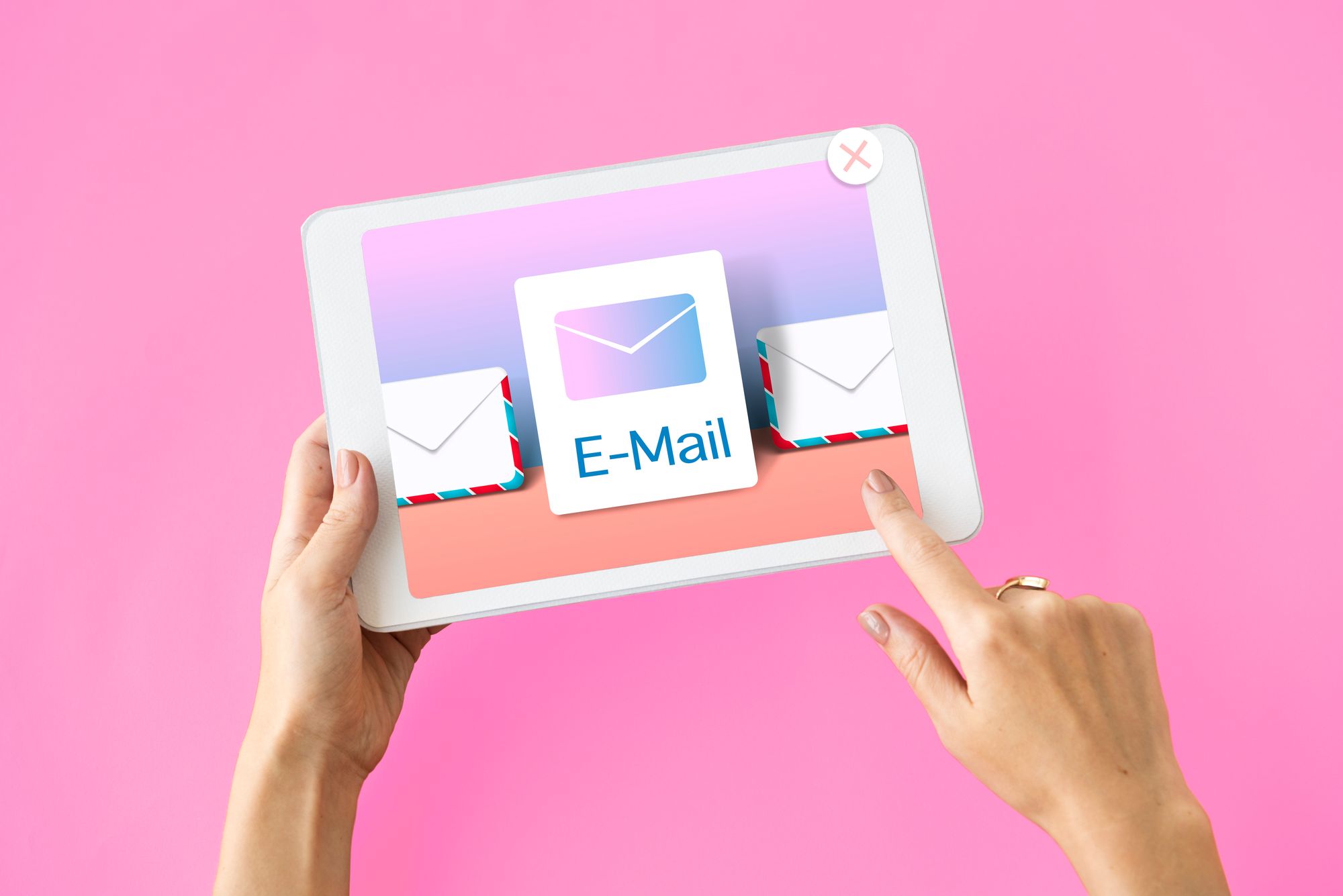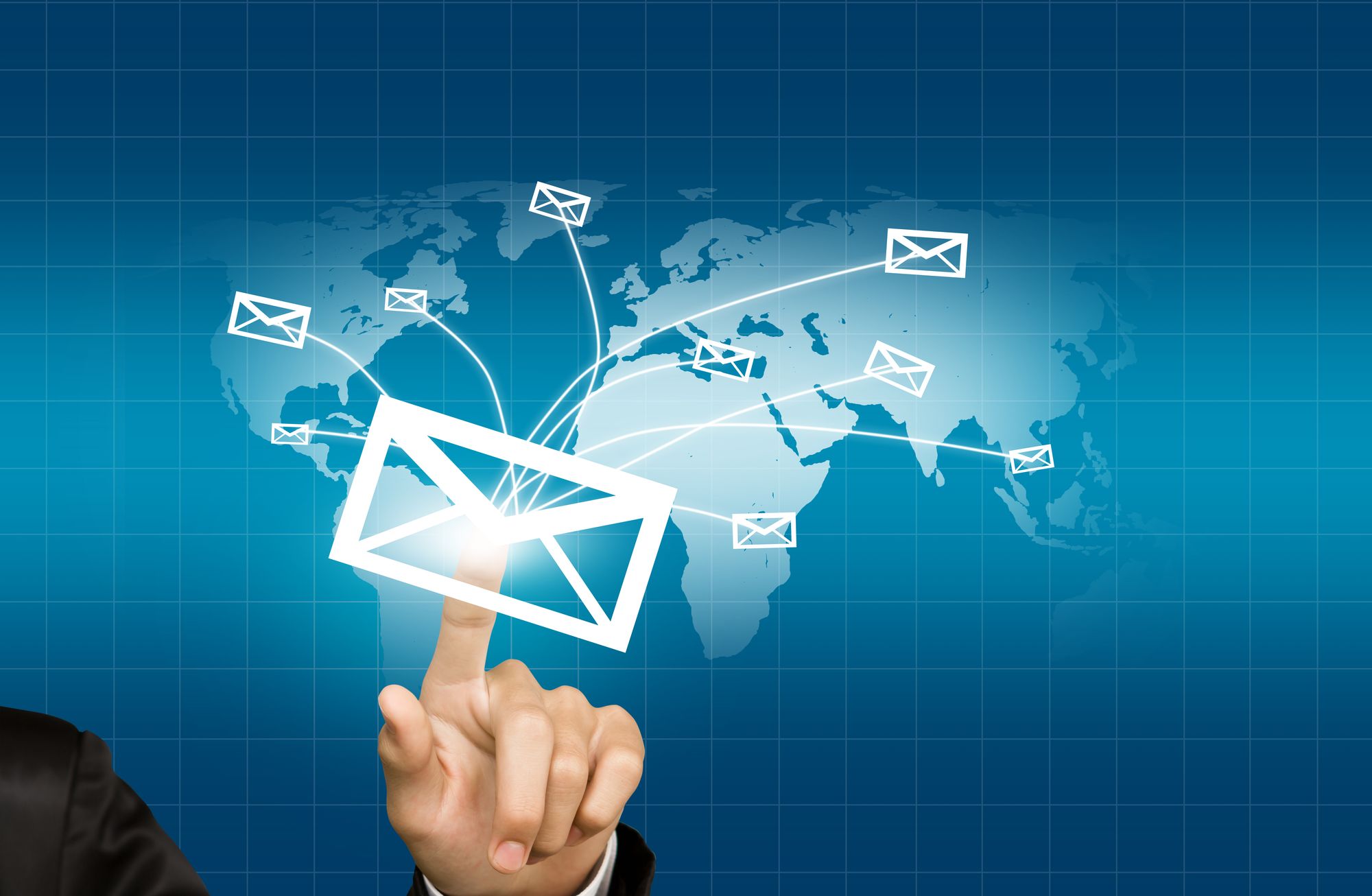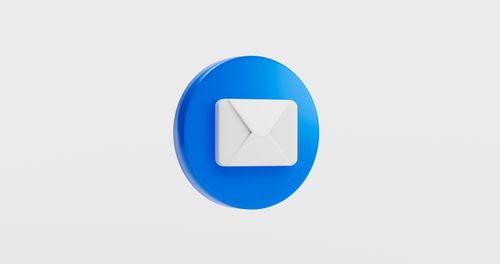Email communication plays a vital role in various aspects of our personal and professional lives. To ensure clear and effective communication, it is essential to use appropriate phrases and expressions. One such phrase commonly used is "kindly check." In this article, we will explore the significance of using "kindly check" in emails, understand its impact on communication and follow-up, and provide best practices for using this phrase in a persuasive and professional manner.
The Importance of "Kindly Check" in Emails

The phrase "kindly check" holds great importance in email communication. Here are some reasons why it is essential to use this phrase:
1. Clarity and Prompt Action
Using "kindly check" in your emails provides clarity to the recipient about the purpose or request being made. It prompts them to pay attention and take the necessary action, ensuring that important information or attachments are reviewed promptly.
2. Politeness and Professionalism
The phrase "kindly check" adds a polite and professional tone to your email. It conveys your request or message in a respectful manner, showing consideration for the recipient's time and attention.
3. Follow-up and Accountability
By using "kindly check," you create a clear expectation of follow-up and accountability. It indicates that the recipient's action is required and helps ensure that important information is not overlooked or forgotten.
4. Effective Communication
Using "kindly check" enhances overall communication by drawing attention to specific details, attachments, or requests in your email. It helps avoid miscommunication or misunderstandings, leading to more productive and efficient interactions.
Best Practices for Using "Kindly Check" in Emails

To use "kindly check" effectively in your emails, consider the following best practices:
1. Use it Appropriately
Choose the moments when using "kindly check" is most appropriate. Reserve it for situations where you genuinely need the recipient's attention and action, such as reviewing important documents, confirming information, or acknowledging attachments.
2. Be Concise and Clear
When using "kindly check," be concise and clear about what exactly the recipient should check. Provide a brief explanation or context if necessary, but avoid lengthy explanations that may dilute the impact of your request.
3. Maintain a Polite Tone
Ensure that your email maintains a polite and professional tone throughout. Use courteous language, appropriate greetings, and thank the recipient for their time and attention. This helps create a positive impression and fosters a respectful email exchange.
4. Highlight the Action or Information
Emphasize the specific action or information that requires the recipient's attention. Use formatting techniques like bold or italics to draw attention to the relevant parts of your email, ensuring that the recipient understands the significance of the "kindly check" request.
5. Avoid Excessive Use
While "kindly check" can be a valuable phrase, it is important to use it judiciously. Avoid excessive use of the phrase, as it may lose its impact and come across as repetitive or insincere. Reserve it for situations where it genuinely adds value to your email communication.
Frequently Asked Questions
1. Can I use "kindly check" in a formal email?
Yes, "kindly check" can be used in formal email communication. However, ensure that the overall tone and language of your email align with the formality of the situation. Use professional and respectful language throughout the email.
2. Is it necessary to include additional information along with "kindly check"?
It depends on the context and purpose of your email. In some cases, additional information may be necessary to provide proper context or clarification. However, be mindful of keeping your email concise and focused to ensure the recipient's attention is not divided.
3. Can I use alternative phrases instead of "kindly check"?
Yes, there are alternative phrases that can convey a similar message, such as "please review," "take a look," or "kindly examine." Choose the phrase that best suits your communication style and maintains a polite and professional tone.
4. Should I follow up if I receive no response after using "kindly check"?
If you do not receive a response after using "kindly check," it is appropriate to follow up politely. Send a gentle reminder email, reiterating the importance of the information or action requested. Use a courteous tone and inquire if there are any questions or concerns.
5. How can I ensure that my email is effective even without using "kindly check"?
"Kindly check" is just one phrase that can enhance email communication. To ensure the effectiveness of your emails, focus on clarity, conciseness, and professional tone. Use appropriate subject lines, structure your email clearly, and tailor your message to the recipient's needs and expectations.
Conclusion
Using "kindly check" in your emails can greatly enhance communication and prompt action from the recipient. By following best practices and maintaining a polite and professional tone, you can effectively convey your message and ensure that important information or requests receive the necessary attention. Incorporate this phrase thoughtfully into your email communication and experience improved clarity and responsiveness in your email exchanges.



